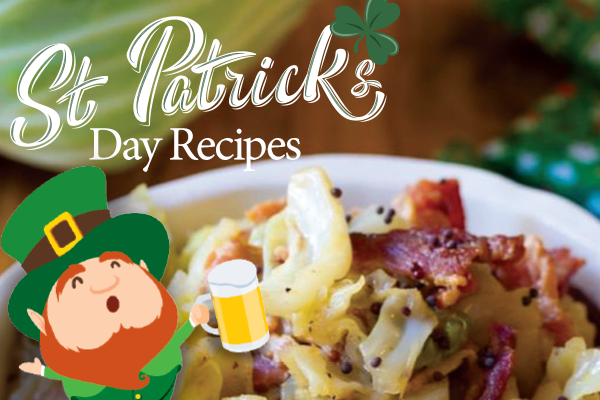St. Patrick’s Day is a holiday known for parades, shamrocks and all things Irish. From leprechauns to the color green, find out how these three symbols we now associate with St. Patrick’s Day came to be, and learn about a few that are purely American inventions.
St. Patrick: Brace yourself, St Patrick was not actually Irish. Patrick was a nobleman born in about 400 A.D. in Britain and kidnapped by Irish pirates at the age of 16. Patrick was born into a religious family, but was an atheist early in his life. However, he rediscovered his faith while enslaved in Ireland. After 17 years as a slave, St. Patrick escaped Ireland and found his way home, but returned to Ireland as a missionary.
The Shamrock: The shamrock, which was also called the “seamroy” by the Celts, was a sacred plant in ancient Ireland because it symbolized the rebirth of spring. By the seventeenth century, the shamrock had become a symbol of emerging Irish nationalism. As the English began to seize Irish land and make laws against the use of the Irish language and the practice of Catholicism, many Irish began to wear the shamrock as a symbol of their pride in their heritage and their displeasure with English rule.
The Color Green: The color traditionally associated with St. Patrick was blue, say historians, the hue, St. Patrick’s blue, is a lighter shade and can still be seen on ancient Irish flags. However, St. Patrick’s revelers thought wearing green made one invisible to leprechauns, fairy creatures who would pinch anyone they could see (anyone not wearing green). People began pinching those who didn’t wear green as a reminder that leprechauns would sneak up and pinch green-abstainers.
The Leprechaun: One icon of the Irish holiday is the Leprechaun. The original Irish name for these figures of folklore is “lobaircin,” meaning “small-bodied fellow.” Belief in leprechauns probably stems from Celtic belief in fairies, tiny men and women who could use their magical powers to serve good or evil.
In Celtic folktales, leprechauns were cranky souls, responsible for mending the shoes of the other fairies. Though only minor figures in Celtic folklore, leprechauns were known for their trickery, which they often used to protect their much-fabled treasure. Leprechauns have their own holiday on May 13, but are also celebrated on St. Patrick’s, with many dressing up as the wily fairies.
Famous Foods: St. Patrick’s Day also has a few famous recipes that you simply must try. In our March issue, we bring you two famous recipes including Irish Cabbage and Bacon plus an instant Pot Irish Stew. To see the full recipes, see our March issue on page 53. Visit Recipes now>


